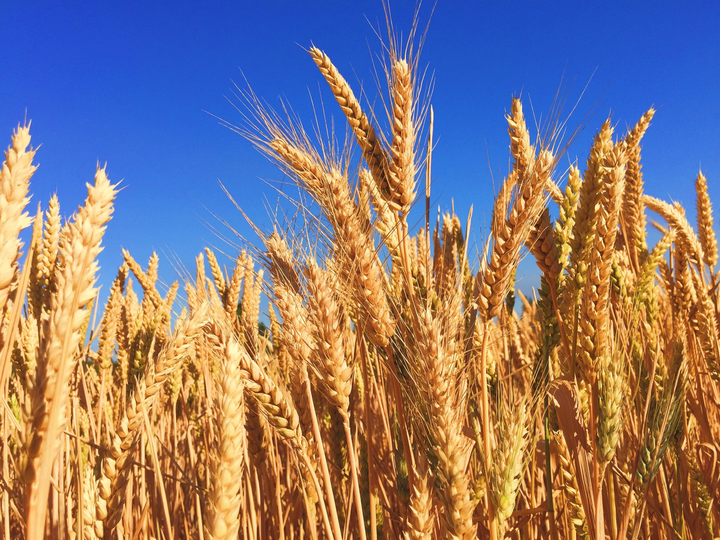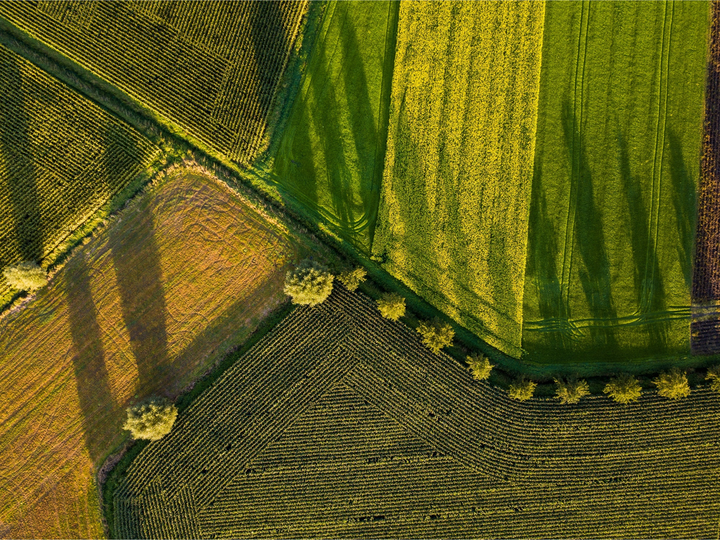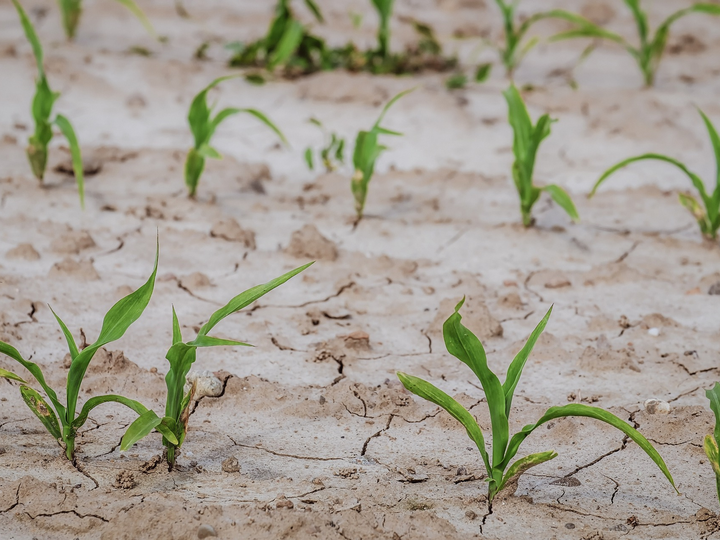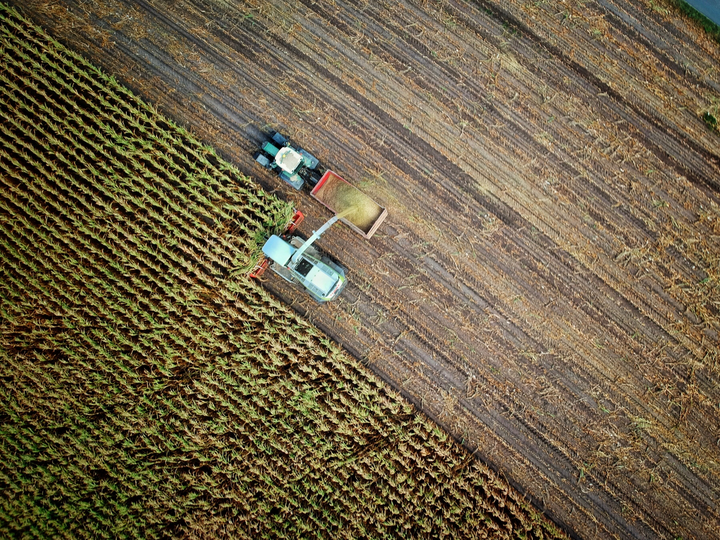Highlights
Global Crop Pest Risk Geographies
Over the past decade, InSTePP center and its partners developed a portfoilo of pest risk geographies based on fitted, process-based, habitat suitability models. The risk estimates cover more than 24 pests that threaten wheat, maize and other crops worldwide. Partnering with InSTePP, GEMS has developed a Crop Pest API to provide ready access to spatialized pest risk measures on the GEMS grid.
Pixelating Crop Production: Consequences of Methodological Choices
Joglekar, A.K., Wood-Sichra, U. and Pardey, P.G., 2019. Pixelating crop production: Consequences of methodological choices. PloS one, 14(2), p.e0212281.
Worldwide, crop production is intrinsically intertwined with biological, environmental and economic systems, all of which involve complex, inter-related and spatially-sensitive phenomena. Thus knowing the location of agriculture matters much for a host of reasons. There are several widely cited attempts to model the spatial pattern of crop production worldwide, not least by pixilating crop production statistics originally reported on an areal (administrative boundary) basis. However, these modeled measures have had little scrutiny regarding the robustness of their results to alternative data and modeling choices. Our research casts a critical eye over the nature and empirical plausibility of these types of datasets. To do so, we determine the sensitivity of the 2005 variant of the spatial production allocation model data series (SPAM2005) to eight methodological-cum-data choices in nine agriculturally-large and developmentally-variable countries: Brazil, China, Ethiopia, France, India, Indonesia, Nigeria, Turkey and the United States. We compare the original published estimates with those obtained from a series of robustness tests using various aggregations of the pixelized spatial production indicators (specifically, commodity-specific harvested area, production quantity and yield). Spatial similarity is empirically assessed using a pixel-level spatial similarity index (SSI). We find that the SPAM2005 estimates are most dependent on the degree of disaggregation of the underlying national and subnational production statistics. The results are also somewhat sensitive to the use of a simple spatial allocation method based solely on cropland proportions versus a cross-entropy allocation method, as well as the set of crops or crop aggregates being modeled, and are least sensitive to the inclusion of crude economic elements. Finally, we assess the spatial concordance between the SPAM2005 estimates of the area harvested of major crops in the United States and pixelated measures derived from remote-sensed data.
Modern wheat varieties are a productivity and biodiversity win-win
Evidence from a century of wheat varietal change in the United States
Agriculture is seen as both a key cause of the global “biodiversity crisis” and a principal means of addressing it. Many consider the intensive use of scientifically-bred crop varieties as the principal driver of genetic erosion in cropping systems, leading to a narrowing of genetic diversity in ways that expose crops to greater risks from pest and climate shocks. In principle, genetic erosion in scientifically intensive cropping systems is neither inevitable nor the most likely outcome. While certain trait uniformity (such as crop height, maturity date, seed size and composition) provides advantages in crop management and marketing, farmers facing risks from changes in climate, pests and markets are also incentivized to adopt new varieties to address complex and spatially variable genetics, environment, and crop management (GxExM) interactions to optimize crop performance. In practice, using a century of wheat varietal use data for the US, we show unequivocally that the choices made by scientists and farmers have led to an increasingly more biodiverse wheat crop that was achieved in tandem with a fourfold increase in wheat yields and a reduction in the physical footprint of wheat.
Citation: Chai, Y., P.G. Pardey, and K.A.T. Silverstein. 2022. “Scientific selection: A century of increasing crop varietal diversity in US wheat.” Proceedings of the National Academy of Sciences 119(51):e2210773119.



